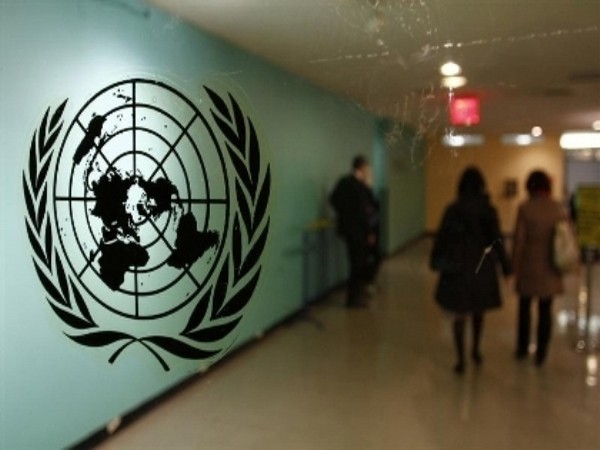UN report highlights cautionary tales of climate finance that backfires
While urging every nation to prepare now for a warmer world, the report also warns that poorly laid plans — or what it calls "maladaptation" — can backfire badly and unintentionally cause even more trouble for communities and for nature. With millions of dollars being spent on everything from restoring wetlands to replanting storm-buffering mangrove stands, the report warned that projects poorly done can "create lock-ins of vulnerability, exposure and risks that are difficult and expensive to change and exacerbate existing inequalities".

With rising seas threatening the Samoan village of Lalomalava, the South Pacific island nation used climate adaptation financing in the 2010s to build a seawall that would help protect homes and a main tourism resort.
But the barrier, once built, wasn't long enough to shield the entire village, leaving some families to face even bigger waves diverted along the shore. And the tourists weren't thrilled about the rock walls that replaced the resort's sandy beaches. This is just one of many cases of climate financing gone awry, according to a major report published on Monday by the U.N. Intergovernmental Panel on Climate Change. While urging every nation to prepare now for a warmer world, the report also warns that poorly laid plans — or what it calls "maladaptation" — can backfire badly and unintentionally cause even more trouble for communities and for nature.
With millions of dollars being spent on everything from restoring wetlands to replanting storm-buffering mangrove stands, the report warned that projects poorly done can "create lock-ins of vulnerability, exposure and risks that are difficult and expensive to change and exacerbate existing inequalities". Maladaptive projects can also waste a lot of money – a sore point given the shortfall in funding available for such ends. A U.N. report last year estimated developing countries would need up to $300 billion a year by 2030, and $500 billion a year by 2050, for adaptation alone — much more than the sums pledged so far by richer countries.
"We need to rethink adaptation," said Lisa Schipper, an environmental social scientist at the University of Oxford and a lead author on the report. As countries race to protect their communities and infrastructure from climate impacts, they need to weigh how climate change will develop.
Seawalls are among the most problematic proposals, the report says. They're expensive to build and inflexible to change. They don't work well on porous land, where water can simply seep up from the ground. And while they can protect some communities from sea level rise and storm surges, they also can push those impacts to unprotected neighbouring communities. "In some places coastal infrastructure also does not take into account heavy rainfall and doesn't leave enough space for the water to drain properly," Schipper said. "It creates a new problem."
Also potentially troubling were projects for planting trees in historically unforested areas or suppressing wildfires in naturally fire-adapted ecosystems. Some projects, such as energy-intensive water desalination, can lead to increased greenhouse gas emissions. And green infrastructure in cities is often located near high-income communities, leaving more vulnerable residents with fewer resources to cope on their own. "Green gentrification privileges wealthy urban residents in urban greening projects. It has a positive effect on property values," said Winston Chow, a lead IPCC author and urban climate change scientist at Singapore Management University.
STRESS TESTING INVESTMENT Acknowledging the need to spend the money carefully, the World Bank is now screening its operations for climate risks, and developing stress tests and guidelines for investments to factor in future climate change, said Stephane Hallegatte, a senior climate change advisor to the bank.
"We need adaptation strategies and policies that are robust and able to deliver benefits in a large range of possible futures, and not to fail catastrophically if the future is different from what we expect today," Hallegatte said. Other banks are following a similar thought process. The European Investment Bank launched its first dedicated Adaptation Plan in November, aiming to triple investment to 4 billion euros a year by 2025.
"It's not about adapting to a snapshot in time, but understanding how the risk will change and evolve over time... to keep up with that evolution," said Cinzia Losenno, climate adaptation lead at the EIB, the European Union's lending arm. Ultimately, there is no one-size-fits-all solution to climate challenges, and local communities need to be part of decision making, said Richard Dawson, an Earth systems engineer at Newcastle University and lead author on the IPCC report.
"We need to really think about what is the right adaptation strategy for [a particular] settlement," he said. "The local approach is crucial."
(This story has not been edited by Devdiscourse staff and is auto-generated from a syndicated feed.)








